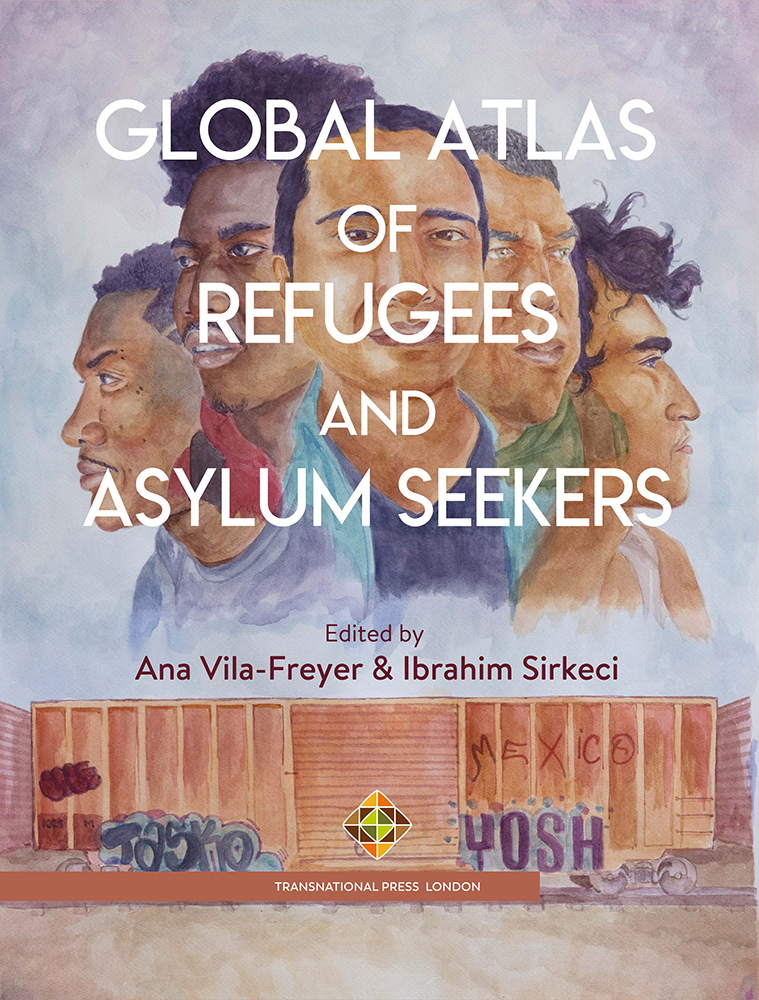Refugees and Asylum Seekers in Mexico - How Mexico (Failed? To) Become a US Border Wall?
Refugees and Asylum Seekers in Mexico - How Mexico (Failed? To) Become a US Border Wall?
Author(s): Ana Vila-Freyer
Subject(s): Migration Studies, Asylum, Refugees, Migration as Policy-fields
Published by: Transnational Press London
Keywords: Refugees; Asylum Seekers; Mexico; US; Border Wal;
Summary/Abstract: In the 21st century, Mexico laid the foundations for granting - and defining - asylum on an individual basis for those persecuted for political or ideological reasons, as done in liberal democracies around de world. As most countries, Mexico was recognized for its tradition of asylum. The country received about 20,000 Spanish Republicans during the civil war in the 1930s and 1940s, offered political asylum to groups from Brazil, Chile, Argentina, and Paraguay after the coups in the 1970s. It received displaced Colombians, but mainly Guatemalans in the 1980s. Rodríguez (2011, p. 70) asserts that “in Mexico solidarity and political decisions in line with the geopolitical interests of the government of the day have prevailed much more than a strict adherence to the current regulations on migration”. Mexico created the category of political asylum seeker to receive displaced South Americans, but this did not allow for the admission of Guatemalans a decade later.
Book: Global Atlas of Refugees and Asylum Seekers
- Page Range: 67-78
- Page Count: 12
- Publication Year: 2023
- Language: English
- Content File-PDF

